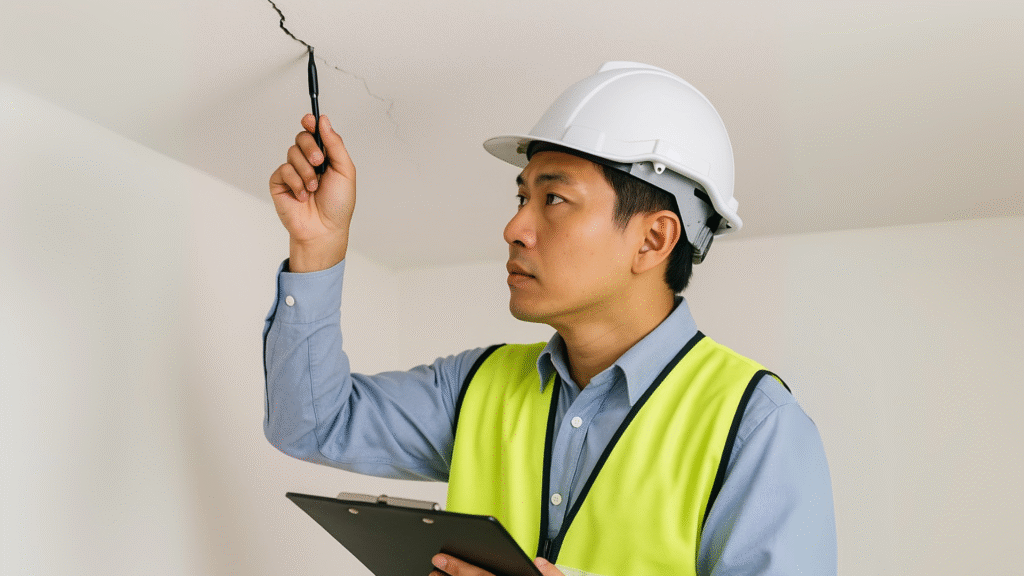When we think of workplace safety, our minds often jump to the visible hazards such as slippery floors, exposed wiring, or heavy machinery. Yet sometimes the most dangerous risks are those we rarely look at, the ceiling above our heads.
For Workplace Safety & Health (WSH) officers, the recent Liat Towers incident is more than just another headline. It serves as a stark reminder of the hidden risks, preventable failures, and the very real consequences of neglecting building safety.
This blog unpacks what happened, why it matters, and what actionable steps WSH professionals can take to ensure that workplaces remain safe not just on the ground, but also above our heads.
Incident Recap: What Happened at Liat Towers

According to reports by CNA, Mothership, and AsiaOne, on 12 September 2025, Orchard Road shoppers were jolted when a false ceiling collapsed outside the Swirl Lover acai shop at Liat Towers. Part of the false ceiling outside a food outlet at Liat Towers suddenly gave way during a busy afternoon. Large panels crashed onto unsuspecting customers, injuring three, including a pregnant woman and a young student.
Bystanders described people crying and bleeding, with debris pinning victims until passers-by and shop staff helped lift the panels off. Emergency responders quickly transported the injured to the hospital. Authorities confirmed that while the overall structure of the mall remained intact, a tenant’s contractor had installed the collapsed section of the ceiling, and investigations pointed to improper installation as the root cause.
The incident was contained quickly, but its visibility in the heart of Orchard Road sparked public concern and scrutiny. It also highlighted how a seemingly harmless feature like a false ceiling can become a serious hazard when overlooked.
Root Causes: Why False Ceilings Fail

False ceilings are common in Singapore’s commercial spaces. They conceal wiring, improve acoustics, and provide a modern finish. But like any structural component, they carry risks when not designed, installed, or maintained correctly.
Possible causes of collapse include:
- Improper installation – using substandard materials or shortcuts in workmanship, as initial findings suggested at Liat Towers.
- Overloading – attaching heavy lighting, sprinklers, or air-conditioning ducts beyond the ceiling’s designed load capacity.
- Water seepage – leaks from pipes or rain infiltration can weaken supports, warp panels, and compromise stability.
- Ageing and wear – ceilings not inspected or maintained over time can degrade unnoticed.
- Lack of oversight – when tenant contractors make modifications without adequate supervision or approval, compliance gaps emerge.
For WSH officers, the message is clear: aesthetic features are not exempt from safety scrutiny.
The Hidden Danger: Risks Above Eye Level

Unlike machinery or trip hazards, ceiling and overhead structures often escape regular attention. This “out of sight, out of mind” phenomenon makes them particularly dangerous.
Examples include:
- In malls and offices: false ceilings, decorative panels, hanging lights
- In factories and warehouses: overhead cranes, suspended fixtures, storage racks
- On construction sites: temporary scaffolding covers, gantries, and staging
These elements are less visible in daily inspections, yet can cause catastrophic injuries when they fail. The Liat Towers incident demonstrates how quickly a quiet afternoon can turn into a high-risk emergency.
The Human Impact

Safety failures are not just technical issues. They have real human and reputational consequences.
- Injuries and trauma: a pregnant woman was among those hospitalised, raising public sensitivity around the incident
- Business disruption: outlets in the vicinity had to pause operations, losing revenue during the investigation and repair
- Reputational damage: Liat Towers, located in a prime Orchard Road spot, faced widespread media coverage and online discussions
For companies, a single overlooked hazard can undo years of brand trust and customer confidence. For WSH officers, it underlines the responsibility of protecting both lives and organisational reputation.
Lessons for Safety Officers & Managers

The Liat Towers collapse carries several key lessons for those responsible for workplace safety:
- Routine inspections must include ceilings and overheads.
Do not assume decorative or tenant-installed features are safe. Add overhead checks to your safety walkabouts. - Vet and engage licensed contractors.
Ensure all installations, especially structural features, are carried out by qualified professionals who comply with BCA and WSH regulations. - Keep documentation and track maintenance.
Maintain clear records of who installed what, when it was inspected, and what corrective actions were taken. - Emergency response readiness matters.
Train staff on how to respond if structural failures occur. Quick evacuation, first aid, and coordination with SCDF can reduce casualties. - Promote a culture of vigilance.
Encourage employees and tenants to report warning signs such as cracks, water stains, or sagging panels. Early reporting can save lives.
Practical Tools for WSH Officers

To make lessons actionable, here are practical steps you can apply immediately:
1. Ceiling Inspection Checklist
- Look for cracks, watermarks, or sagging panels
- Check for loose fittings, dislodged tiles, or gaps
- Assess areas near air-conditioning ducts or sprinklers where added weight may strain the ceiling
- Confirm fire sprinklers and lighting fixtures are securely anchored
2. Verify Load Capacity
- Cross-check the load-bearing specifications of false ceilings before installing heavy equipment
- Ensure M&E contractors do not overload ceilings with ducts, wiring, or lights
- Require structural calculations for any additional loads
3. Staff Training and Awareness
- Teach employees to spot early warning signs such as bulges, unusual noises, or ceiling dust on the floor
- Create simple reporting channels such as WhatsApp groups, incident logs, or QR codes for staff to flag issues immediately
- Reinforce that no concern is too small when it comes to overhead hazards
The Bigger Picture: WSH and Regulatory Oversight
In Singapore, building safety falls under the purview of the Building and Construction Authority (BCA) and Workplace Safety and Health (WSH) regulations. But compliance on paper is not enough. The Liat Towers case shows that gaps in tenant or contractor management can still lead to incidents.
WSH officers should:
- Integrate overhead inspections into Risk Assessment (RA) and Safe Work Procedures (SWP)
- Collaborate with facility managers and landlords to ensure tenant works meet regulatory standards
- Push for a preventive, not reactive, culture where risks are mitigated before accidents happen
Do Not Wait for the Ceiling to Fall

The Liat Towers false ceiling collapse is a wake-up call for all organisations managing workplaces in Singapore. It highlights the risks that lurk above eye level, risks that can injure employees, disrupt business, and damage reputations in an instant.
For WSH officers, this is the moment to ask:
- When was the last time your workplace ceilings were inspected?
- Are your tenant contractors properly vetted and licensed?
- Do your staff know how to report or respond to overhead hazards?
At AnjouHealth, we work with organisations to strengthen EHS programs through risk assessments, compliance readiness (Bizsafe), and training that makes safety proactive, not reactive.
Because in workplace safety, the dangers we do not see are often the ones that hurt us most.




